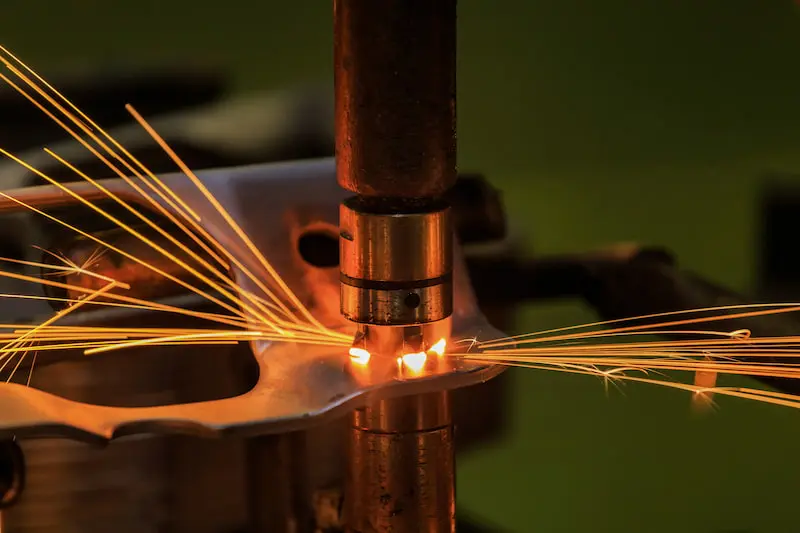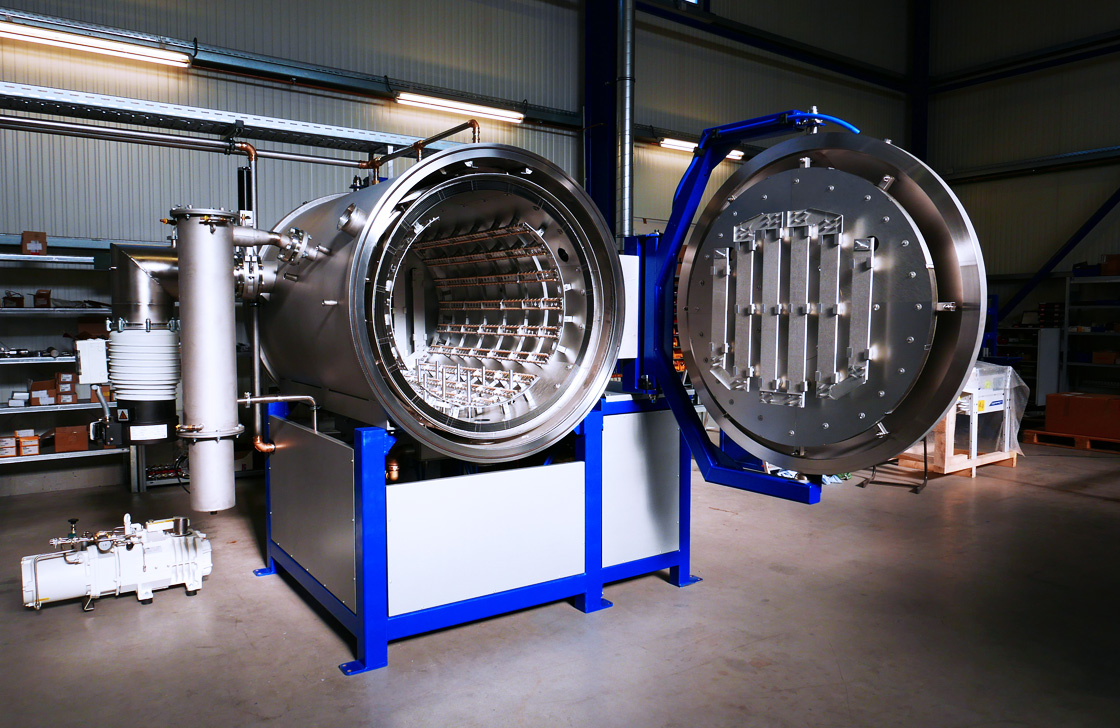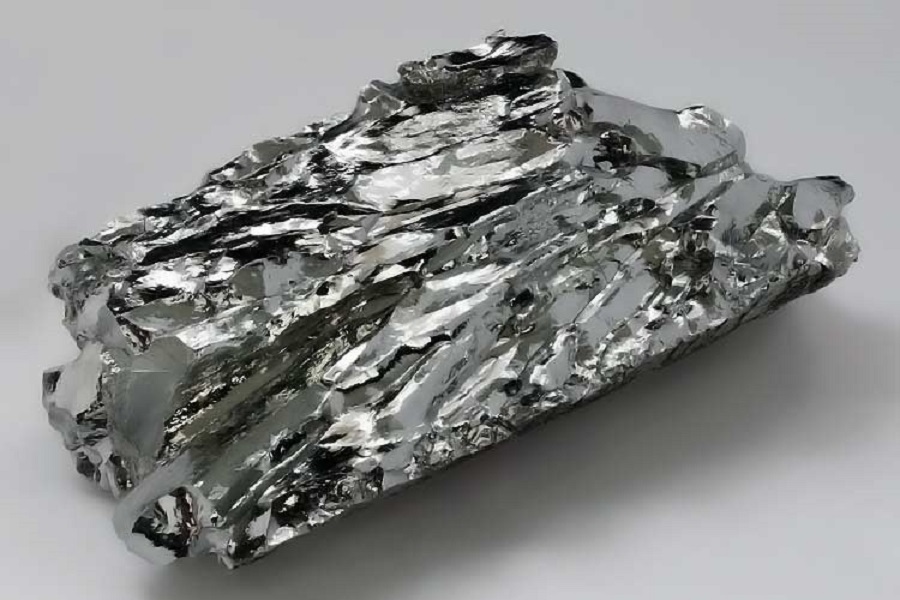What material is used to make electrode in spot welding
Spot welding, a pivotal process in the manufacturing realm, relies heavily on the performance and characteristics of its fundamental component—the electrode. The material chosen for the construction of spot welding electrodes significantly influences the efficacy, durability, and precision of the welding process. This article aims to unravel the diverse materials employed in crafting electrodes for spot welding, exploring their distinctive attributes, advantages, and limitations.

Copper: The Conductor of Efficiency
Copper stands prominently as one of the most prevalent materials for crafting spot welding electrodes. This choice is underpinned by several advantageous properties. Chief among these is copper’s exceptional thermal conductivity, a trait that ensures swift and consistent heat transfer during the welding process. The rapid elevation of the metal sheets’ temperature is crucial for achieving a successful weld.
Simultaneously, copper boasts excellent electrical conductivity, facilitating the seamless flow of electric current through the material. This characteristic is instrumental in generating the requisite heat at the welding point, thereby maintaining a stable welding process. The electrical conductivity of copper significantly contributes to the overall reliability of spot welding operations.
Moreover, the inherent pliability of copper results in its relatively gentle composition. This gentleness proves advantageous as it allows the electrode to adapt to the curves of the metal sheets, ensuring consistent contact and pressure during welding. Nevertheless, this pliancy comes with a drawback—it makes copper electrodes prone to gradual wear and deformation.
To address these constraints, diverse copper alloys, like copper-chromium and copper-zirconium, are incorporated into the production process. These alloys combine the favorable thermal and electrical conductivity of copper with improved hardness and resistance to wear, thereby extending the durability of the electrodes.
Molybdenum: Enduring the Heat
Molybdenum stands out as a formidable player in the domain of spot welding electrodes, marked by its remarkable resistance to high temperatures. With its elevated melting point, molybdenum proves especially adept for tasks demanding heightened welding temperatures, allowing its electrodes to withstand extended exposure to heat while maintaining their structural integrity.

While molybdenum does exhibit commendable thermal and electrical conductivity, it falls slightly short when compared to copper. Consequently, molybdenum electrodes might not offer the same level of efficiency concerning heat transfer and electrical current flow. Nevertheless, the trade-off between conductivity and high-temperature stability renders molybdenum a valuable choice in specific spot welding applications where extreme heat endurance is paramount.
Tungsten: Harnessing Hardness
Known for its remarkable hardness and elevated melting point, tungsten is utilized in specific spot welding situations. Tungsten electrodes, acclaimed for their robustness and resilience against wear, prove highly effective in challenging welding environments.

The standout feature of tungsten lies in its exceptionally high melting point, surpassing that of copper. This characteristic makes tungsten electrodes well-suited for tasks requiring elevated welding temperatures. With its heightened melting point, tungsten electrodes can endure extreme temperatures, reducing the likelihood of electrode degradation during prolonged welding sessions.
However, the inherent hardness of tungsten can present challenges. The rigid nature of tungsten might compromise its ability to conform to the metal sheets, resulting in uneven pressure distribution during welding. To address this concern, tungsten electrodes are often amalgamated with other materials or coated with alloys that enhance their malleability, striking a balance between hardness and adaptability.
Refractory Metals: Tantalizing Possibilities
Beyond tungsten, other refractory metals such as tantalum and niobium make intermittent appearances in the production of spot welding electrodes. These metals share similarities with tungsten, including high melting points and remarkable resistance to heat.

The utilization of refractory metals is generally reserved for applications subject to extreme welding conditions, where electrodes face intense heat and stress. However, their deployment is often restricted by factors like cost and the availability of alternatives offering a more balanced combination of properties.
Composite Electrodes: Synergy in Diversity
As technological prowess advances, composite materials are emerging as compelling contenders in spot welding electrode production. These composites are ingeniously crafted blends of different metals, alloys, and, in some cases, non-metallic materials. The objective is to create a synergistic combination of properties that collectively enhance the electrode’s efficiency and resilience.
For instance, a composite electrode may amalgamate the high thermal and electrical conductivity of copper with the high-temperature stability of tungsten. This hybrid approach aims to harness the strengths of each constituent material while mitigating their individual weaknesses.
The development of composite electrodes also factors in considerations such as thermal expansion, corrosion resistance, and cost-effectiveness. By intricately tailoring the composition of the electrode, manufacturers endeavor to produce a product that aligns seamlessly with the specific requirements of the intended spot welding application.
Conclusion
In conclusion, the selection of material for spot welding electrodes is a nuanced decision with far-reaching implications for the efficiency and durability of the welding process. Copper remains a stalwart choice for a myriad of applications, offering commendable thermal and electrical conductivity. The introduction of copper alloys enhances the hardness and wear resistance of these electrodes, striking a balance between conductivity and durability.
Molybdenum and tungsten step into the spotlight for applications necessitating high-temperature endurance. Their distinct properties make them valuable assets in scenarios where extreme welding conditions prevail. Refractory metals tantalum and niobium make intermittent appearances, providing tantalizing possibilities for specific applications.
The advent of composite electrodes represents a promising frontier in spot welding technology. These hybrids, carefully engineered to capitalize on the strengths of different materials, hold the potential to revolutionize the manufacturing landscape. As technology evolves, the continual exploration of innovative materials and composite solutions will likely redefine the capabilities of spot welding electrodes, ushering in new horizons for the manufacturing industry.
READ MORE: WHAT IS BUTTON HEAD SCREWS , AND PROPERTIES , APPLICATIONS
READ MORE: How to start a new startup business on Deepawali 2023




